Andreza A. dos Santos
Adaptive Multiplane Image Generation from a Single Internet Picture
Nov 26, 2020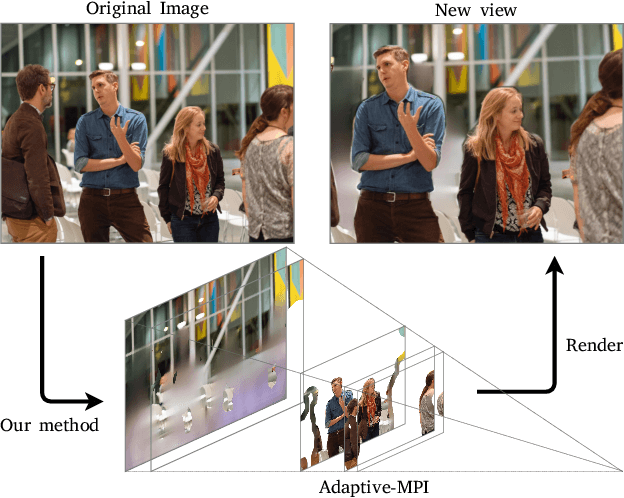
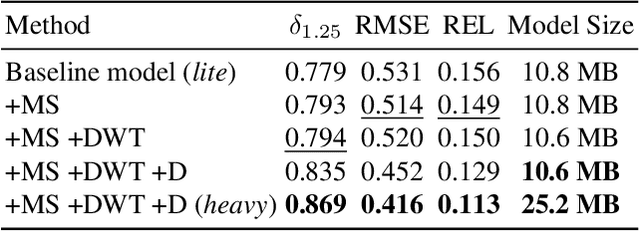
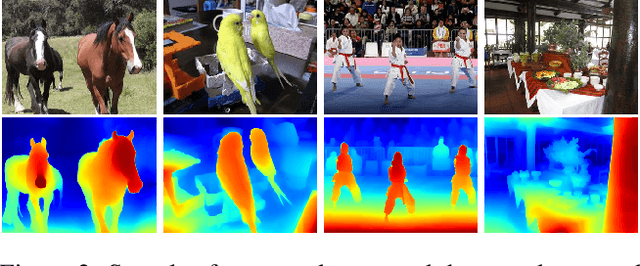

Abstract:In the last few years, several works have tackled the problem of novel view synthesis from stereo images or even from a single picture. However, previous methods are computationally expensive, specially for high-resolution images. In this paper, we address the problem of generating a multiplane image (MPI) from a single high-resolution picture. We present the adaptive-MPI representation, which allows rendering novel views with low computational requirements. To this end, we propose an adaptive slicing algorithm that produces an MPI with a variable number of image planes. We present a new lightweight CNN for depth estimation, which is learned by knowledge distillation from a larger network. Occluded regions in the adaptive-MPI are inpainted also by a lightweight CNN. We show that our method is capable of producing high-quality predictions with one order of magnitude less parameters compared to previous approaches. The robustness of our method is evidenced on challenging pictures from the Internet.
Parallax Motion Effect Generation Through Instance Segmentation And Depth Estimation
Oct 06, 2020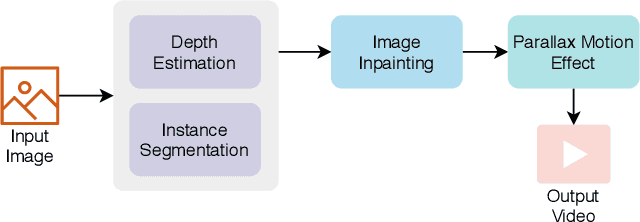


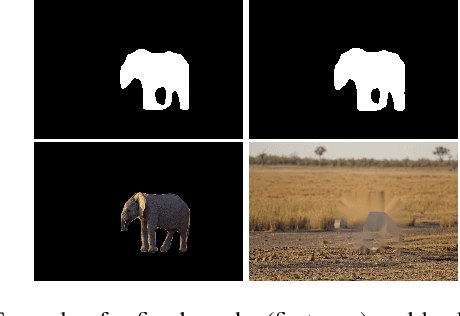
Abstract:Stereo vision is a growing topic in computer vision due to the innumerable opportunities and applications this technology offers for the development of modern solutions, such as virtual and augmented reality applications. To enhance the user's experience in three-dimensional virtual environments, the motion parallax estimation is a promising technique to achieve this objective. In this paper, we propose an algorithm for generating parallax motion effects from a single image, taking advantage of state-of-the-art instance segmentation and depth estimation approaches. This work also presents a comparison against such algorithms to investigate the trade-off between efficiency and quality of the parallax motion effects, taking into consideration a multi-task learning network capable of estimating instance segmentation and depth estimation at once. Experimental results and visual quality assessment indicate that the PyD-Net network (depth estimation) combined with Mask R-CNN or FBNet networks (instance segmentation) can produce parallax motion effects with good visual quality.
* 2020 IEEE International Conference on Image Processing (ICIP), Abu Dhabi, United Arab Emirates
Grape detection, segmentation and tracking using deep neural networks and three-dimensional association
Aug 12, 2019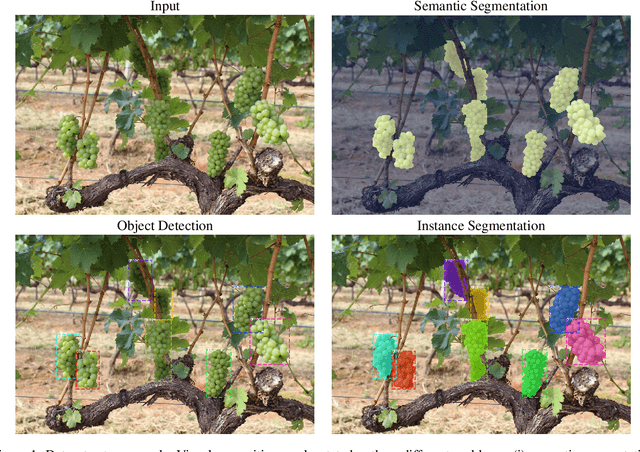

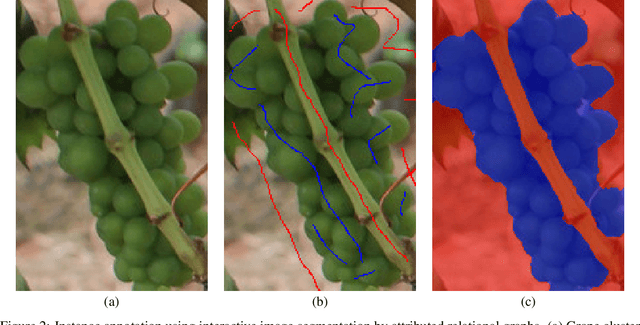
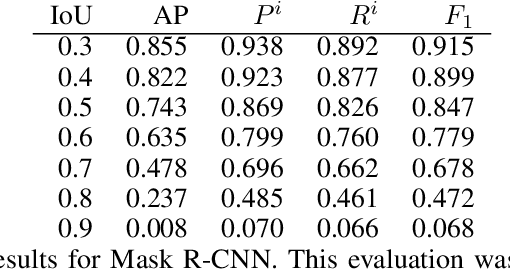
Abstract:Agricultural applications as yield prediction, precision agriculture and automated harvesting need systems able to infer the culture state from low cost sensing devices. Proximal sensing using affordable cameras combined to computer vision have seen a promising alternative, strengthened after the advent of convolutional neural networks (CNNs) as an alternative for challenging pattern recognition problems in natural images. Considering fruit growing monitoring and automation, a fundamental problem is the detection, segmentation and counting of individual fruits in orchards. Here we show that for grape wines, a crop presenting large variability in shape, color, size and compactness, grape clusters can be successfully detected, segmented and tracked using state-of-the-art CNNs. In a dataset containing 408 grape clusters from images taken on field, we have reached a F1-score up to 0.91 for instance segmentation, a fine separation of each cluster from other structures in the image that allows a more accurate assessment of fruit size and shape. We have also shown as clusters can be identified and tracked along video sequences recording orchards rows. We also present a public dataset containing grape clusters properly annotated in 300 images and a novel annotation methodology for segmentation of complex objects in natural images. The presented pipeline for annotation, training, evaluation and tracking of agricultural patterns in images can be replicated for different crops and production systems. It can be employed on the development of sensing components for several agricultural and environmental applications.
 Add to Chrome
Add to Chrome Add to Firefox
Add to Firefox Add to Edge
Add to Edge